Storage types:
- DAS Direct Attached Storage
- NAS Network Attached Storage
- SAN Storage Area Network
Network Attached Storage
- Makes storage available over the IP network
- Provides centralized management
- Typically supports multiple protocols such as NFS, SMB, or CIFS
- Fairly inexpensive and easy to setup
- Slow performance, not really an enterprise solutions for storage
Block-level vs. File-level Storage
- Block level
Provides good performance
Typically SAN-based
Presents LUNs to servers
Higher cost compared to NAS-based solutions
- File level
Accessed via NAS or file server
Uses NFS, SMB or CIFS
Connects to backend block-level storage
Typically more cost effective
Fibre Channel and iSCSI
FC - Fiber Channel used with HBA and FC switch
FCoE - Fiber Channel over Ethernet
iSCSI - Internet SCSI
Understanding iSNS, DCB, and MPIO
iSNS - Reduces administrative overhead (Internet Storage Name Service)
DCB - Traffic enhancement for storage networks (Data center bridging)
MPIO - provides multiple paths to block storage
Understanding SMB
For SMB & NFS appropriate roles on the server need to be installed
PowerShell cmdlets for SMB & NFS Shares
Direct Attached Storage
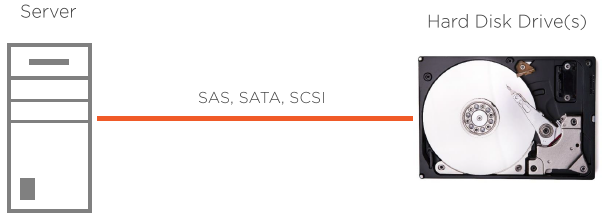

NAS
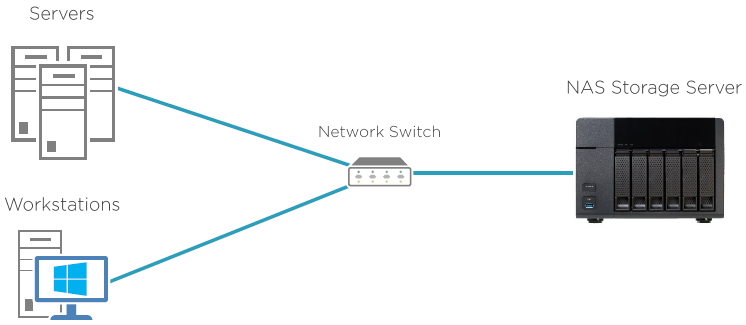
SAN
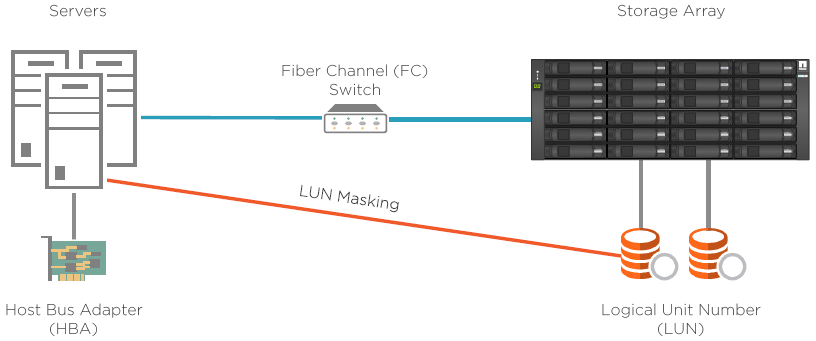
iSCSI overview
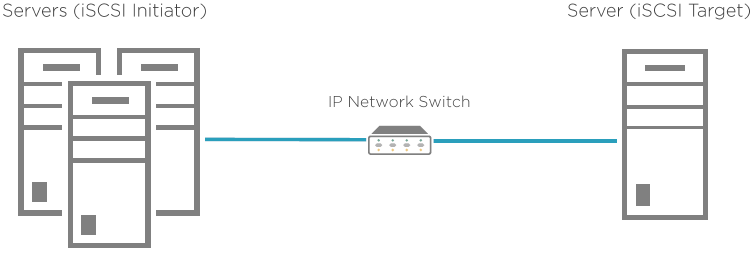
Storage Spaces
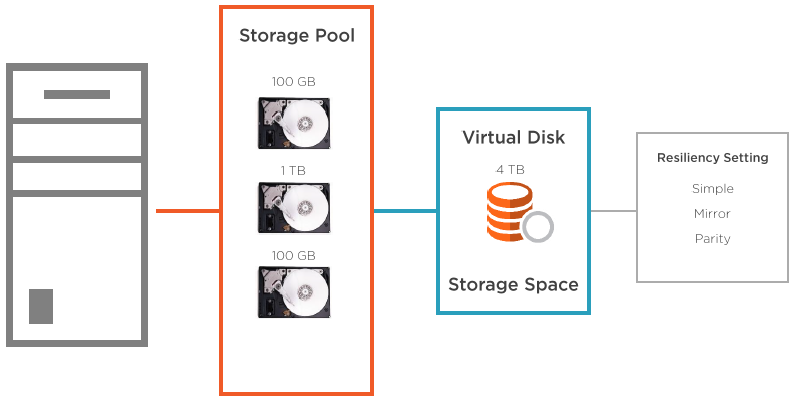
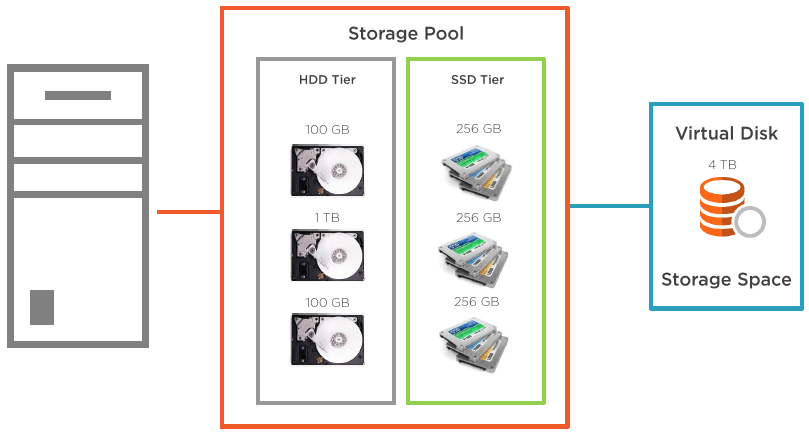
SMB
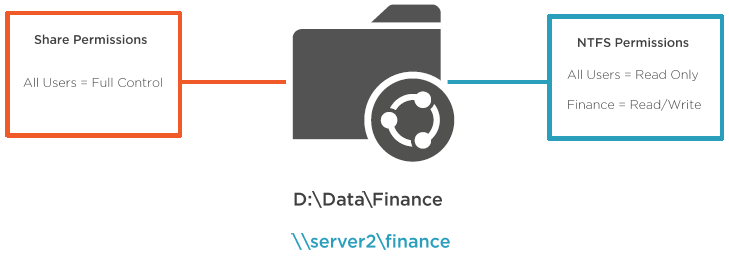
Server to Server storage replication

- DAS Direct Attached Storage
- NAS Network Attached Storage
- SAN Storage Area Network
Network Attached Storage
- Makes storage available over the IP network
- Provides centralized management
- Typically supports multiple protocols such as NFS, SMB, or CIFS
- Fairly inexpensive and easy to setup
- Slow performance, not really an enterprise solutions for storage
Block-level vs. File-level Storage
- Block level
Provides good performance
Typically SAN-based
Presents LUNs to servers
Higher cost compared to NAS-based solutions
- File level
Accessed via NAS or file server
Uses NFS, SMB or CIFS
Connects to backend block-level storage
Typically more cost effective
Fibre Channel and iSCSI
FC - Fiber Channel used with HBA and FC switch
FCoE - Fiber Channel over Ethernet
iSCSI - Internet SCSI
Understanding iSNS, DCB, and MPIO
iSNS - Reduces administrative overhead (Internet Storage Name Service)
DCB - Traffic enhancement for storage networks (Data center bridging)
MPIO - provides multiple paths to block storage
Understanding SMB
| Operating system | SMB version |
| Windows 10 and Windows Server 2016 | SMB 3.1.1 |
| Windows 8.1 and Windows Server 2012 R2 | SMB 3.0.2 |
| Windows 8 and Windows Server 2012 | SMB 3.0 |
| Windows 7 and Windows Server 2008 R2 | SMB 2.1 |
| Windows Vista and Windows Server 2008 | SMB 2.0.2 |
| Previous versions | SMB 1.x |
For SMB & NFS appropriate roles on the server need to be installed
PowerShell cmdlets for SMB & NFS Shares
Direct Attached Storage


NAS

SAN

iSCSI overview

Storage Spaces


SMB

Server to Server storage replication


